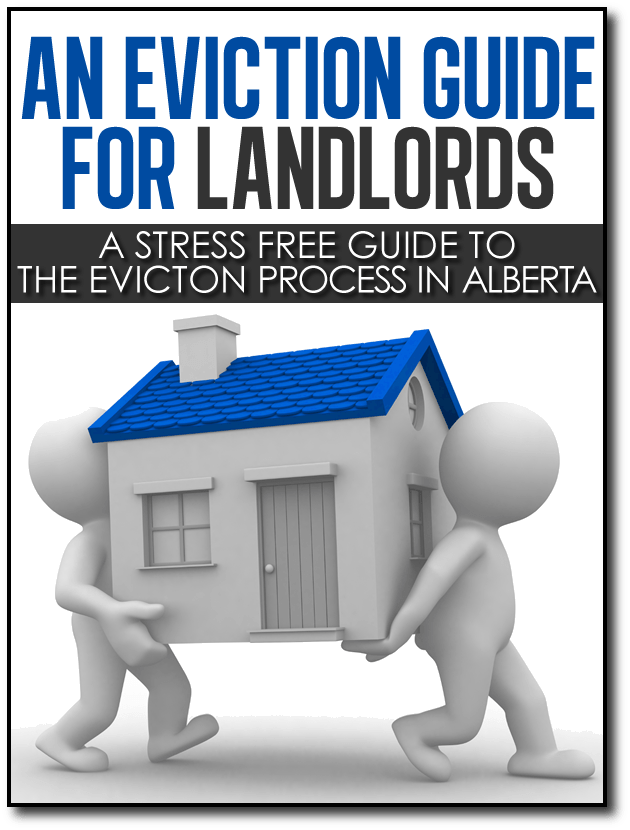 It was only a couple of weeks ago that it was announced that Alberta is leading Canada with the dubious distinction of having more mortgages in arrears per capita than any other province. The announcement stated that a whopping .74% of mortgages here are behind in payments versus .42 percent nationally.
It was only a couple of weeks ago that it was announced that Alberta is leading Canada with the dubious distinction of having more mortgages in arrears per capita than any other province. The announcement stated that a whopping .74% of mortgages here are behind in payments versus .42 percent nationally.
Considering how much our properties grew in value from 2005 to mid 2007 it’s actually a testament to how stable our market really is that this as such a low number. Of course, I am using a bigger perspective when I say this as I have also been following some of the US statistics on foreclosures at the same time and all the accompanying noise following it.
Now it is a bit harder to get accurate statistics in Canada for mortgages and bank info than it is to find them in the US, mostly due to our rather restrictive privacy policies, but there are some interesting comparables to look at from what is available. The most important being the sheer number of properties going into foreclosure in the US. Yes, they have a larger population base and the percentages are actually not that far off, but they are still in a worse situation due to volume. In August, California had 69,143 properties going into foreclosure, Florida had 56,877 and the entire US had 336,836 properties foreclosed on.
These numbers are overwhelming when you compare them with our local and national numbers. Alberta as a province has a total of just over 500,000 mortgages and Canada is sitting at just over 4,000,000 mortgages. Of these, Alberta only has 3,707 in arrears and Canada has 17,090 behind. Now don’t forget, these are properties in arrears which means they are behind on two or more payments, many of these haven’t actually entered foreclosure. Much less than half of these typically make it all the way through to foreclosure here, while the number is much higher in the US.
Unfortunately, though, part of the US foreclosure story isn’t being told. Many of the homes behind on payments are being left in the system due to an overwhelming amount of properties currently in foreclosure. According to James J. Saccacio, CEO of RealtyTrac in the US, “The trend lines of decreasing default notices and increasing bank repossessions converged in August, with virtually the same number of new default notices and bank repossessions for the month – a clear indication that the clogged foreclosure pipeline is being carefully managed on both ends by lenders and servicers.”
He also mentions this is being done “presumably to prevent further erosion of home prices.” So the lenders and banks are effectively slowing down the amount of properties they are actually foreclosing on, while the numbers of actual delinquencies continues to increase. Short term this may slow down price decreases as the number of properties slowly enters the market, but in the bigger long term picture, it means the market will also be stuck with an abundance of foreclosed properties for potentially many years to come.
With this continual steady stream of properties entering the market for such an extended time period, this will provide steady pressure on home prices to remain flat or even continue to erode. For people looking to purchase some of these discounted properties at such low prices south of the border, this may not bode well for any potential property appreciation gains in the near future. So while there may be opportunity to purchase at extremely low prices, especially compared to local prices here in Alberta, there won’t be any immediate return on their investment, or potentially for quite a while!


